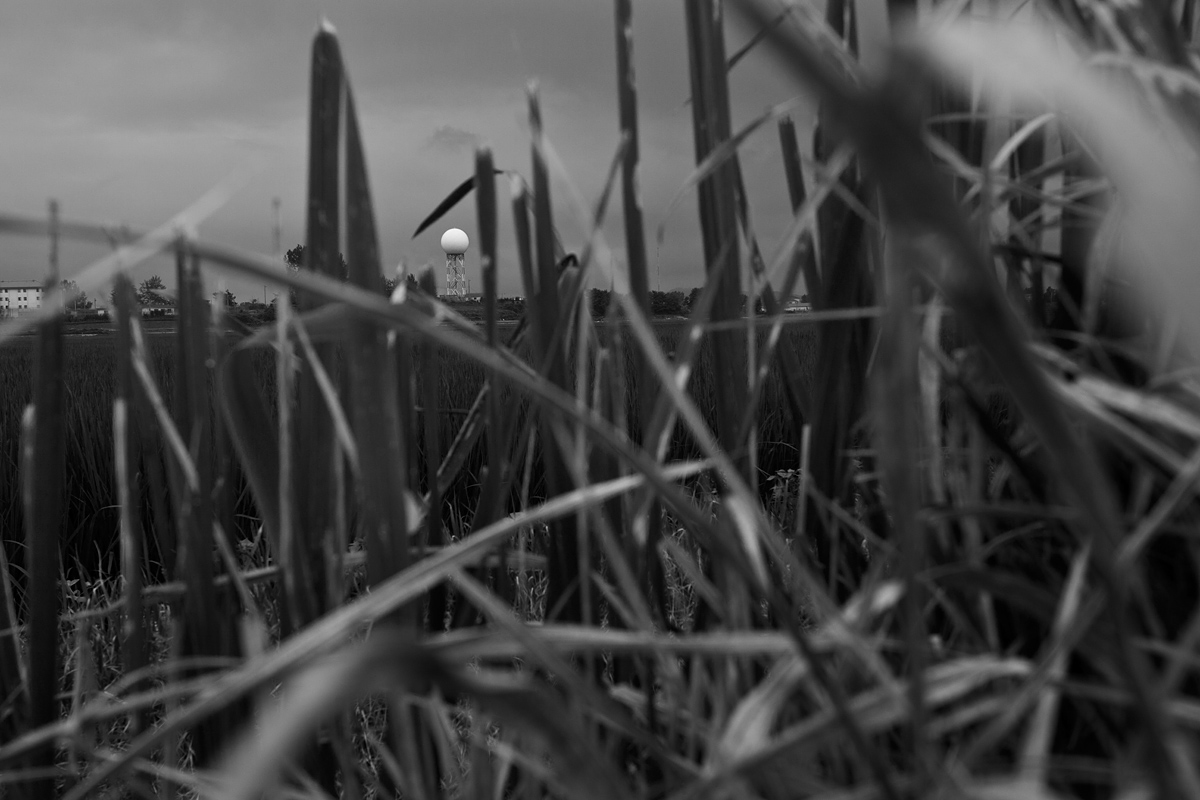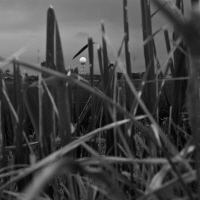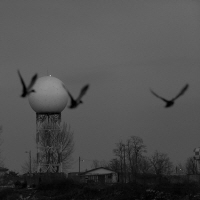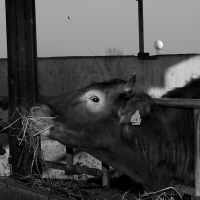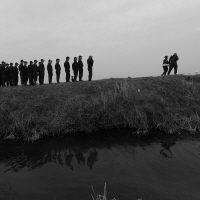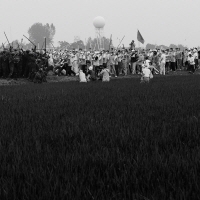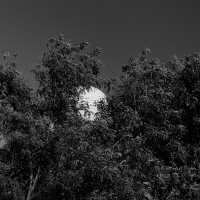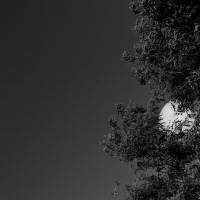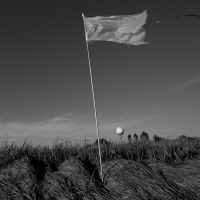Landscapes, the Sublimely Repulsive
As dusk begins to fall, many find respite in efforts to regain the energy that was spent during the day. A single car lies on the ground with its underbelly exposed, as if in eternal sleep. The white snow that shrouds the vehicle like a burial garment makes it all the more difficult for us to tear our eyes away from the car. It seems beautiful even - this sight of the crimson sunset, white snow, and the overturned car that seems like it is on its deathbed. But why is this car - a car that seems like it took on passengers and sped along the road just moments ago - lying down as such?
In November 2010, there was an artillery engagement on Yeonpyeong Island. North Korean forces fired around what is believed to be 100 artillery shells and rockets at Yeonpyeong Island, which resulted in a number of casualties. 2 marines and 2 civilians were killed and 16 marines and 10 civilians were badly injured. With its military facilities and home grounds of civilians destroyed, Yeonpyeong Island became a scene of total mayhem. The horrors and sights of war were indelibly imprinted on the minds of South Koreans following the bombardment of Yeonpyeong. Amidst the chaos, then Grand National Party assemblyman Ahn Sang-soo and others were involved in a ridiculous side show stunt wherein they mistook a thermos bottle for a bomb. It is from this very incident where [Finding the Missing Thermos Bottle] - composed of a photograph of a single car divided into three frames, two thermos bottles set aflame and burnt, and the artist's notes - found its inspiration. This is Suntag Noh 's roundabout way of saying that this kind of bizarre scenery is a representation of the South Korean government's awareness of national security. The photograph, charming and idyllic at first glance, proves to tell a much depressing and horrific story.
And this is exactly how Suntag Noh 's work operates. Although his photographs contain gruesome and heartbreaking realities, the visual landscape in the photos seem utterly prosaic and at times, beautiful. Thus, viewers are able to let their guard down, approach the artwork, and start paying attention to it. Viewers then notice the peculiarity of the landscape of Korean society that is portrayed, and questions the viability of that kind of scenario unfolding in modern day Korea. Of course, it is human nature for individuals to offer varying interpretations and possess differing attitudes about a single event, and because of this, it is difficult to claim with absolute certainty that something is right or wrong with regards to today's Korean society. As such, Suntag Noh's photograph does not force the artist's agenda upon its viewers. Far from being a simple landscape photo, [Finding the Missing Thermos Bottle] exposes the cracks and fissures of Korean society by prompting us to ask ourselves about the meaning of war and how the remnants of the division of the North and South survive in our society. The ensuing questions and conclusions are left to the viewers.
The exhibition [Sceneries, The Sublimely Repulsive] is made up of a selection of photographs from the series [The Strange Ball], wherein the pervasion of a radome into a pastoral scenery is traced through the lens of a camera; [Really Good, Murder], wherein we see capitalistic desires that lurk under the guise of patriotism; and [Red House], wherein we discover that the North and South are nothing but reflections of each other. Despite the fact that the photographs look like your run of the mill landscape photos, rooted firmly within is a deep awareness of the division of the Korean peninsula. Still, Suntag Noh refrains from directly rooting for or against a subject, nor does he indulge in excessive empathy or sentimentality for certain subjects. Instead, he takes on a contemplative and somewhat indifferent point of view in his sceneries. This kind of viewpoint makes it all the more difficult for us to tear our eyes away from his photographs and makes us wonder about the story hidden beneath the landscape. No wonder we feel a sense of tension and excitement when standing in front of his work.
Landscapes! To Suntag Noh, a landscape is not the bucolic and romantic landscape that most of us are accustomed to. It is rather the landscape of the society that we live in; a society that we accepted as ordinary but is actually anything but. His removed point of view, sometimes viewed as cynical, stems from his affection for the Korean society which has since become a better place. And perhaps this is why we are able to detect a sense of sublime beauty in his work that exposes the repulsiveness of our society.
Jung Hyun Mi(Educator, Total Museum of Contemporary Art)







